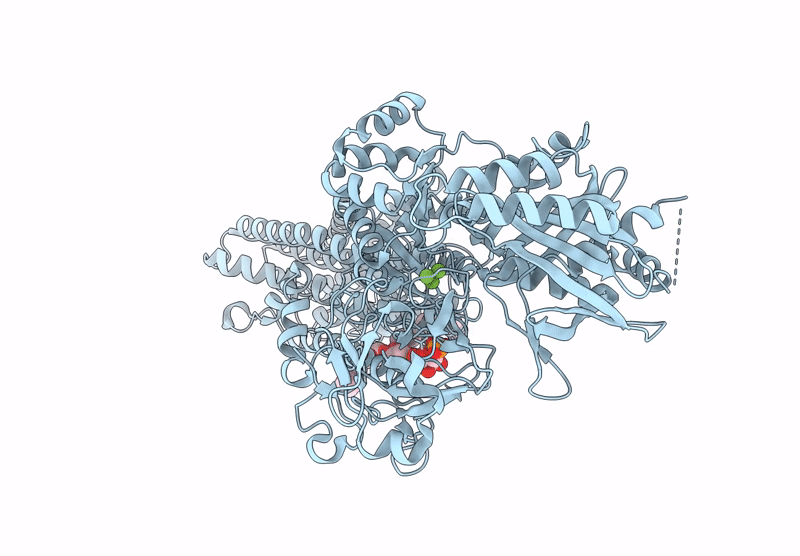
Deposition Date
2024-05-12
Release Date
2025-04-02
Last Version Date
2025-07-30
Entry Detail
PDB ID:
9BS1
Keywords:
Title:
Cryo-EM structure of the S. cerevisiae lipid flippase Neo1 bound with PI4P in the E2P state
Biological Source:
Source Organism:
Saccharomyces cerevisiae (Taxon ID: 4932)
Host Organism:
Method Details:
Experimental Method:
Resolution:
3.71 Å
Aggregation State:
PARTICLE
Reconstruction Method:
SINGLE PARTICLE


